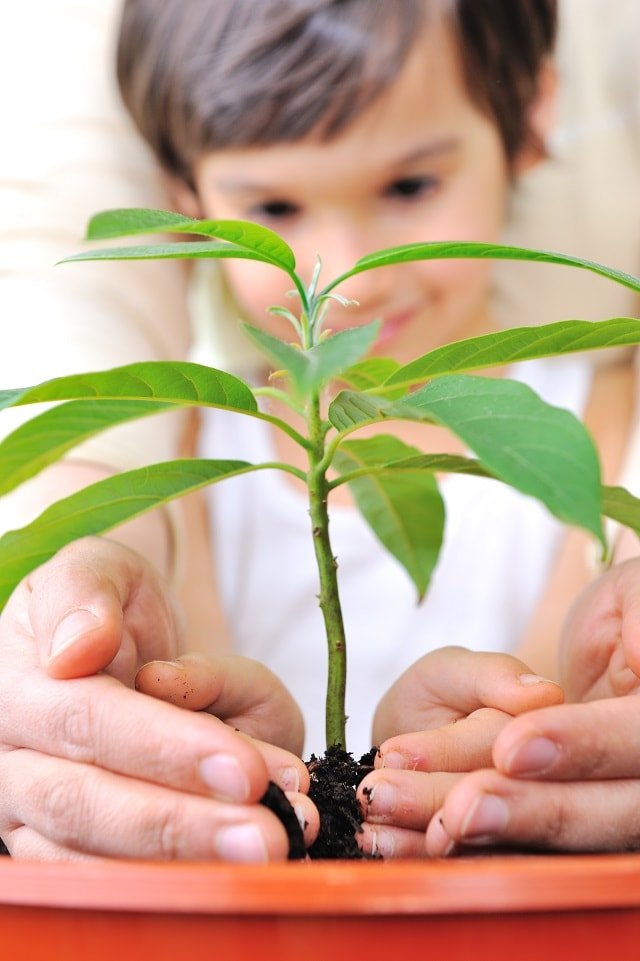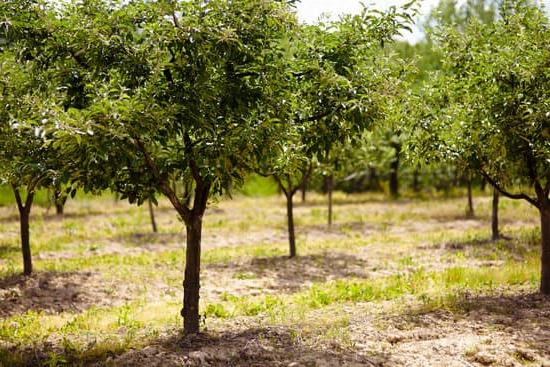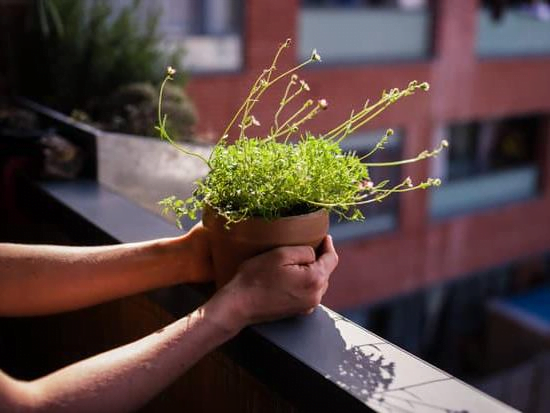Gardening is a generic term for any type of gardening that involves growing anything with the intent to make it more useful or attractive. The word comes from the Greek word kerastos, which means “growth”. Gardening today typically involves a more intensive form of growth than in ancient times, especially when compared to what we call “professional” gardening. Many people engage in gardening because they wish to add beauty to their surroundings or because they wish to improve the health of their bodies. Some also do gardening for purely personal reasons.

There are two main types of gardening: primary and secondary planting. In primary planting, as the name implies, the emphasis is on the plants being used for food, while secondary planting is focused on the aesthetics of the space, i.e., creating a space with a look and/or feel of interest. A combination of primary and secondary planting is sometimes called a mixed planting. In larger gardens, secondary plants are almost always used for ornamental purposes. In smaller gardens, primary plants are usually used for edible plants such as herbs, vegetables, and fruits. The use of primary and secondary planting can be considered an aesthetic approach to gardening.
Vegetable gardening, sometimes called fruit and vegetable gardening, is a form of this practice. The focus of fruit and vegetable gardening is on incorporating different varieties of produce into a limited space, which leads to plant diversity and the cultivation of specific produce such as apples, pears, carrots, lettuce and squash. Some gardeners prefer to cultivate herbs along with their fruits and vegetables, while others do not feel that the same can be achieved with herbs and vegetables. Regardless of what gardening technique is utilized, the ultimate goal is to have a space that is inviting and functional, while allowing different species of plants to grow freely.
Gardening can be done with very little or no care, although many things must be carefully tended to in order to get the desired outcome. There are many aspects to successful gardening that must be considered before starting the garden. One must decide if it will be an annual gardening endeavor or a perennial one. Annuals need to be monitored and moved frequently to control soil erosion and to ensure that new plantings occur in a timely manner. Perennials, on the other hand, may require less frequent monitoring but are not year-round plants.
Another aspect of successful gardening involves developing a system to coordinate the growth of the plants and the tools and equipment used to maintain them. Gardening can be highly productive when a gardener plans and schedules the timing and quantity of water used for each plant. Timing is especially important with regard to the development of plants and crops. Frequent watering also ensures that there are adequate drainage and protection from harsh weather. The use of gardening hoses and sprinkler systems may also be beneficial in ensuring adequate irrigation.
When starting a garden, the gardener should consider what type of plants will thrive in the area and in the climate. This will determine the size and type of garden, and the amount of work required. Some gardens are designed for a sole use of flowers, while others are designed to include vegetables, shrubs, trees, and occasionally a small pond or water fountain. For example, an urban gardener may opt to design a garden with plants that do well in shade or grow well in temperatures ranging from one end of a spectrum to the other, while a gardener in a rural setting may chose a garden that includes plants that prefer the sun and has a low tolerance for extreme temperatures.
The types of gardens also dictate certain aspects of the garden design, for example, edible gardens will usually require more care than non-edible gardens. Edible gardens should be monitored and moved regularly to ensure that the soil is never completely devoid of nutrients. Since many culinary herbs demand a lot of moisture, periodic watering is essential. In addition, medicinal herbs need to be moved frequently to ensure they receive all the micro nutrients necessary for growth.
Landscape design can greatly impact the success of a garden, and the gardener should consider all aspects of their landscape before committing to a garden. Although many individuals enjoy the outdoors and thoroughly enjoy gardening, there are several things that can go wrong with this lifestyle. A garden can be a great way to relax in the midst of a busy day, however, for the gardener the best approach is to plan ahead as much as possible and create a garden design using functionality, beauty, and a sense of art. Gardening can be both an enjoyment and a profession for those who are willing to put in the time to learn about their craft and grow their own gardens.

Welcome to my blog about home and family. This blog is a place where I will share my thoughts, ideas, and experiences related to these important topics. I am a stay-at-home mom with two young children. I hope you enjoy reading it! and may find some helpful tips and ideas that will make your home and family life even better!





